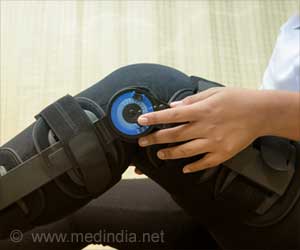Are you tall? If you are tall watch out. Your height may be a risk factor for developing varicose veins, reveals a new study.

TOP INSIGHT
Your height may be a risk factor for varicose veins. The taller you are, the more likely you may develop varicose veins.
The study also identified 30 genes linked to varicose vein disorder and to a strong genetic correlation with deep vein thrombosis.
"Genes that predict a person's height may be at the root of this link between height and varicose veins and may provide clues for treating the condition," said Nicholas Leeper, Associate Professor at Stanford.
"The condition is incredibly prevalent, but shockingly little is known about the biology. There are no medical therapies that can prevent it or reverse it once it is there. Treatment is mainly limited to surgical procedures, such as laser treatment or vein stripping," added Alyssa Flores from the varsity.
Varicose veins can cause moderate pain and have been linked to more serious side effects of deep vein thrombosis, which occurs when a blood clot forms in one or more of the deep veins in the body.
The findings confirmed that age, gender, obesity, pregnancy, and history of deep vein thrombosis are the risk factors for varicose veins.
"Ultimately, we hope to test whether those factors can be targeted, and potentially prevent or delay the development of disease in at-risk individuals," Leeper said.
Source-IANS
 MEDINDIA
MEDINDIA




 Email
Email





